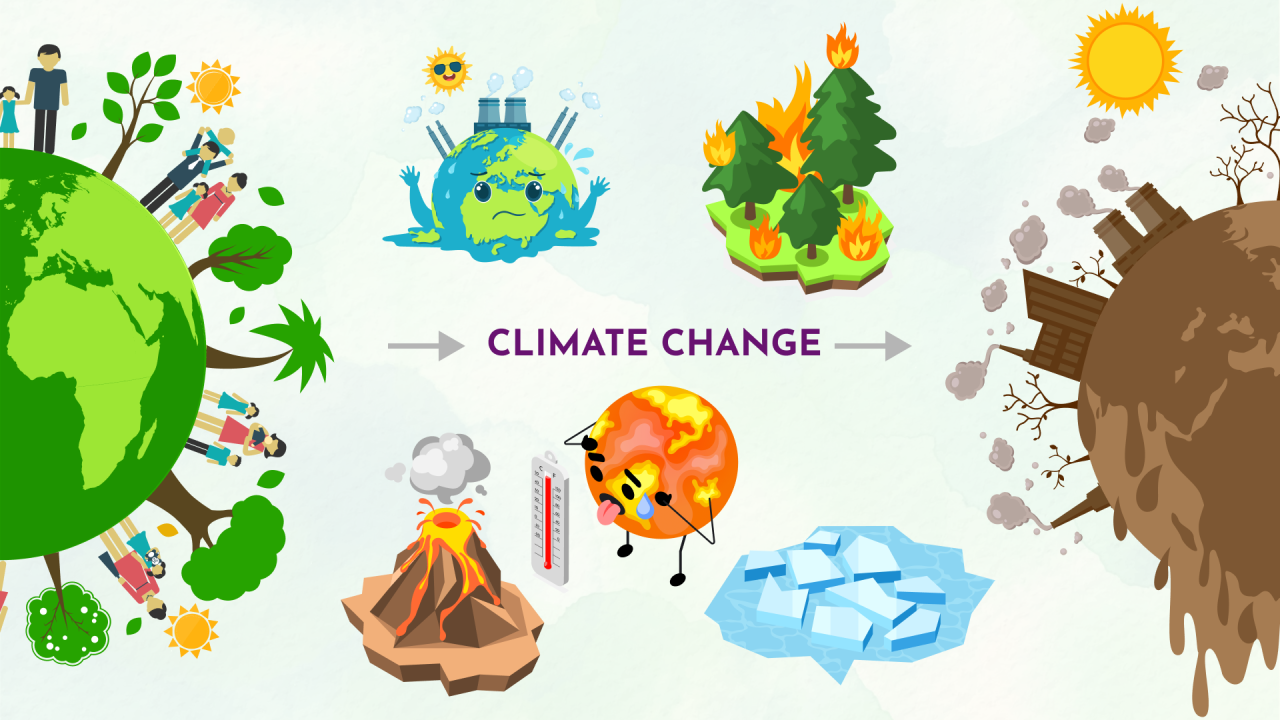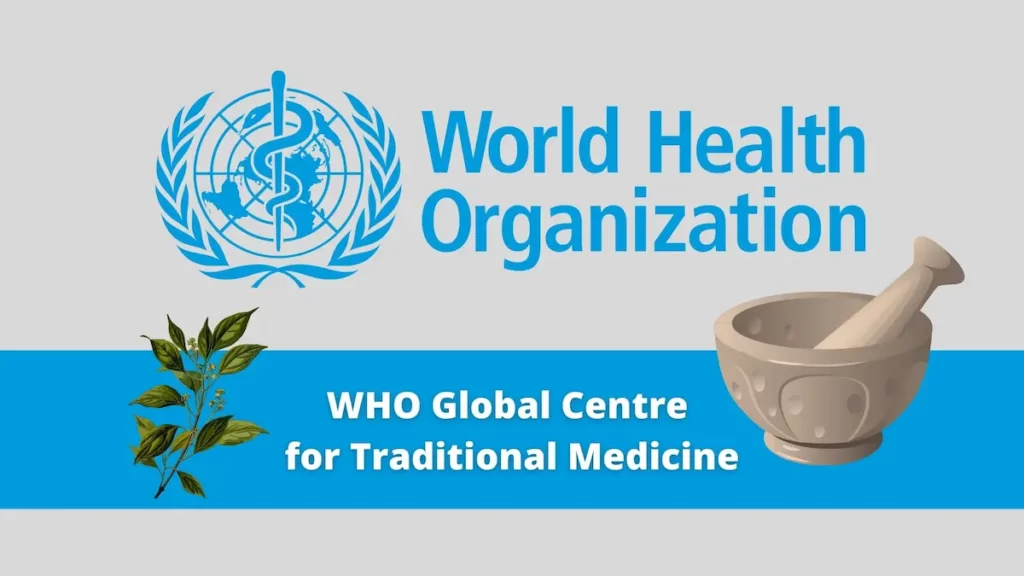Font size:
Print
A Novel Methanotroph: Methylocucumis oryzae
Context:
- India has reported its first cultures of indigenous natural methane-mitigating agents from rice fields and wetlands, mainly in Western India.
- These microorganisms play a crucial role in mitigating the effects of global warming and climate change by targeting methane, a potent greenhouse gas.
About Methylocucumis oryzae:
- The novel methanotroph, Methylocucumis oryzae, was identified from rice fields and wetlands.
- It is characterised by its oval and elongated shape, resembling a cucumber, leading to its nickname ‘methane-eating cucumbers’.
- It has also been found in a stone quarry in Pune, located on Vetal Tekdi or ARAI hill.
- The hill’s unique flora and fauna include invertebrates and mollusks in the quarry water.
- The bacterium is phylogenetically unique, with no strains reported or cultured from other parts of the world.
- It is notably large for a bacterium, comparable in size to a small yeast (3-6 µm).
- Methylocucumis oryzae is strictly mesophilic, unable to grow above 37ºC, unlike most methanotrophs which can tolerate or grow at higher temperatures.
Applications and Limitations:
- The bacterium forms light pale pink colonies and has a carotenoid pathway in its genome. It has been shown to promote the growth of rice plants, inducing early flowering and increased grain yield.
- In pot experiments, it was added to the high-yielding rice variety Indrayani.
- Current constraints include its slow growth, which limits large-scale cultivation for mitigation and biotechnological applications.
|
Characteristics of Methanotrophs:
|


